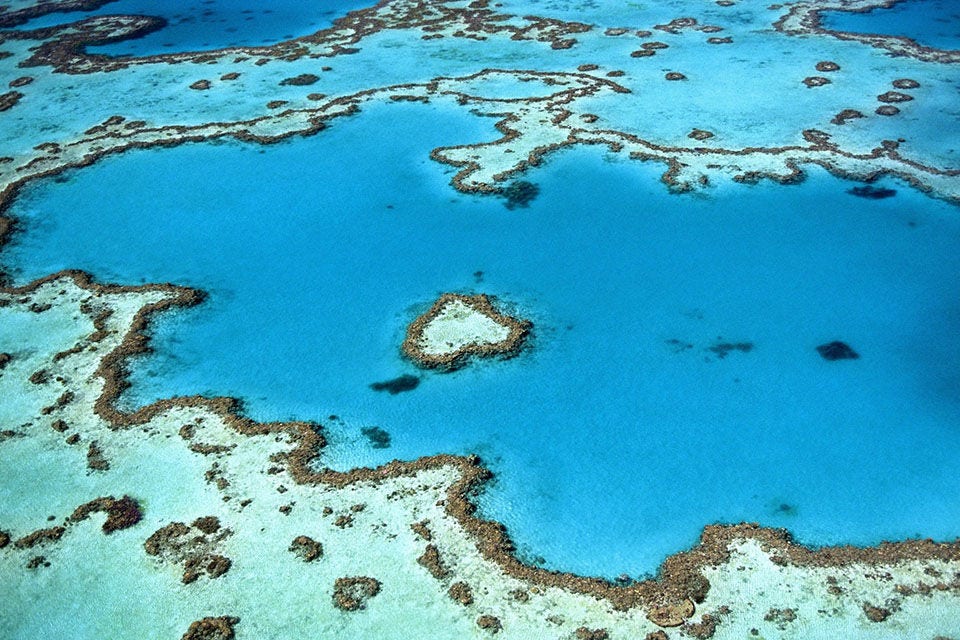Australia's visitor economy in 2024
The annual benchmark report presents insights on demand and supply trends in Australia’s visitor economy.
Download the report
About this report
This benchmark report provides evidence and insights into how Australia’s visitor economy performed in 2024.
Tourism Research Australia (TRA) produces this annual report to:
- detail the trends in travel demand, supply-side capacity, and the future of the Australian visitor economy
- highlight challenges and opportunities for the visitor economy arising from these trends
- help the industry and governments understand and adapt to the changing demand and supply environment.
This report also presents contributions from TRA’s research partners to help explain the effects for the visitor economy.
Key messages
Actions under the Recovery Phase of the THRIVE 2030 national strategy for the visitor economy helped to set a sustainable growth path.
Key message from the report include:
- In 2024, Australians continued to prioritise travel.
- Demand for domestic trips remained high.
- There were 2.4 million more domestic overnight trips in 2024 (up 2.1%) than in 2023.
- However, travellers adjusted travel and spending patterns in response to cost pressures.
- International arrivals into Australia increased strongly.
- The number of international visitors to Australia increased by 15% in 2024 compared with 2023.
- However, the total number of short-term visitor arrivals remained below the previous peak.
- The visitor economy delivered social and environmental benefits for Australia. For example:
- Australia’s environmental sustainability ranking improved
- there was record high engagement with First Nations experiences
- international visitor appreciation of Australia as a destination was at a record high.
- Measures of supply and capacity of the visitor economy indicate the sector expanded in 2024.
- The visitor economy sustained a record high number of filled tourism jobs and tourism businesses.
- It also offered more accommodation options and more flights to service the demand of travellers.
- However, some supply constraints, such as skills shortages, were still evident.
- The high level of government and private investment in the sector gives confidence for future growth.
- The number and value of major tourism projects increased which will further improve Australia’s tourism offerings.
- The 2032 Brisbane Olympic and Paralympic Games has led to more investment activity in Queensland. It adds to the positive outlook for the visitor economy as host nations can see economic and tourism benefits from hosting these major events.
A summary of the key measures of supply and capacity use is in the table below. These measures show growth in the visitor economy in 2024. The annual Benchmark report covers these metrics in greater detail.
| Metric | Description | 2024 value | Change between 2023 and 2024 |
|---|---|---|---|
| Accommodation rooms | Total number of rooms available in accommodation establishments with 10 rooms or more (as at December) | 335,300 | +2.1% |
| Accommodation occupancy | Percentage of rooms sold, or occupied, in establishments with 10 rooms or more (average for the year) | 71.4% | +2.3ppt |
| International aviation seats | Total number of seats available on flights to Australia | 25.9 million | +14.7% |
| International aviation load factor | Percentage of seats on flights into Australia occupied by revenue passengers | 81.6% | -0.7ppt |
| Domestic aviation seats | Number of seats available to people flying in Australia | 74.3 million | +1.9% |
| Domestic aviation load factor | Percentage of seats on domestic flights occupied by revenue passengers | 81.8% | +1.6ppt |
| Tourism jobs | Number of filled jobs in the tourism industry (as of December) | 713,500 | +2.5% |
| Tourism job vacancies | Number of tourism-related job vacancies advertised online (as of December) | 13,400 | -8.8% |
| Tourism businesses | Number of Australian businesses in tourism-related industries (as at end June) | 360,200 | +1.0% |
| Tourism investment | Total value of investment in tourism infrastructure projects valued over $20 million (as at end June) | $63.4 billion | +13.1% |
Visitor economy outlook
The outlook for further growth is positive. The industry-led and government-enabled THRIVE 2030 Strategy aspires to boost expenditure in the visitor economy to $230 billion by 2030. TRA forecasts imply that:
- growth in overnight and day trip spend will outpace expected inflation over the next 5 years. Domestic overnight trip spend will reach $132.7 billion in 2029. Domestic day trip spend will reach $41.5 billion in 2029.
- international visitor arrivals will increase by 40% between 2024 and 2029. Total international visitor expenditure in Australia will reach $48.5 billion in 2029 (average annual increase of 8% over the next 5 years).
The strong growth outlook acknowledges:
- the prevalence of growth opportunities for the visitor economy. These include sustainable, accessible, cultural, sporting and experience tourism offerings.
- Australia’s strong forward portfolio of events and our enduring reputation as a safe, clean, green, friendly and aspirational travel destination.
- the positive economic outlook for Australia. Household disposable income is forecast to rise in Australia and inflation is expected to be lower.
- close and growing ties between Australia and several high-growth markets in our region, and continued growth in aviation capacity.
Nevertheless, there is a high level of uncertainty for global economic growth in future years. Risks to the outlook stem from multiple sources including global, economic and behavioural factors.
Data sources
- STR (acquired by CoStar Group, Inc.)
Subscription data - International Airline Activity—Time Series | Bureau of Infrastructure and Transport Research Economics
- Australian Domestic Airline Activity—time series | Bureau of Infrastructure and Transport Research Economics
- Tourism Satellite Accounts: quarterly tourism labour statistics, Australia, experimental estimates, December 2024 | Australian Bureau of Statistics
- Internet Vacancy Index | Jobs and Skills Australia
- Tourism businesses | Tourism Research Australia, as of June 2024
- Tourism Investment Monitor | Tourism Research Australia, 2023−24 Report


